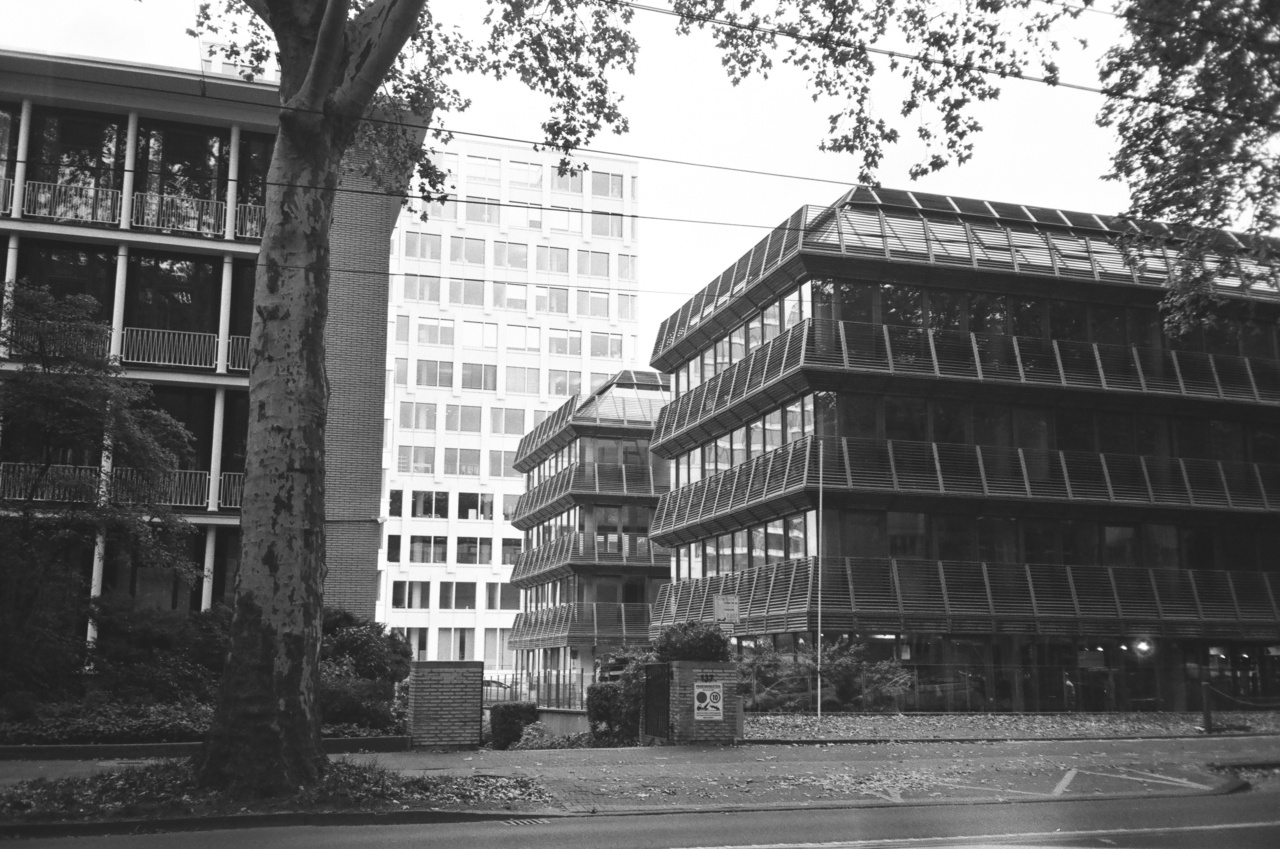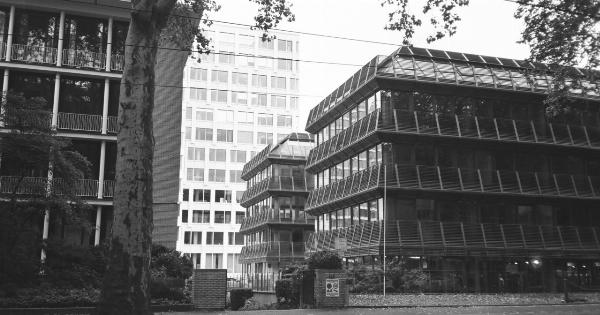Having a headquarters for your business is a great achievement, but as your company grows, you may find that it becomes necessary to divide your headquarters into individual spaces.
This can be both exciting and challenging, as it requires careful planning and execution. In this handbook, we will guide you through the process of transforming your headquarters into individual spaces, from assessing your needs to implementing the necessary changes.
1. Assess Your Needs
The first step in turning your headquarters into individual spaces is to assess your needs. Take a close look at your current operations and determine how many individual spaces you need and what purposes they will serve.
Consider factors such as departmental requirements, employee preferences, and future growth projections.
2. Create a Detailed Floor Plan
A detailed floor plan is essential for visualizing and organizing the division of your headquarters into individual spaces. Consider factors such as the arrangement of rooms, shared common areas, and the flow of traffic.
Include measurements, dimensions, and any existing architectural features that may impact the division process.
3. Define the Purpose of Each Space
Assigning a clear purpose to each individual space is crucial for the smooth functioning of your headquarters. Determine how each space will be used, whether it’s for specific departments, meeting rooms, quiet work areas, or communal spaces.
This will help ensure that each space fulfills its intended purpose and that employees can work effectively.
4. Plan for Collaboration Opportunities
While dividing your headquarters into individual spaces is important, it’s equally vital to provide opportunities for collaboration among employees.
Incorporate shared common areas, meeting rooms, and collaborative spaces where employees can interact and exchange ideas. Collaboration is key to fostering creativity, innovation, and a sense of camaraderie.
5. Consider Privacy and Noise Control
Privacy and noise control are essential aspects of individual workspace design. To create a productive environment, incorporate strategies such as soundproofing materials, noise-reducing partitions, and private offices or cubicles.
Strike a balance between individual workspaces and the overall office ambiance to ensure maximum productivity and employee satisfaction.
6. Implement Strategic Furniture and Equipment Placement
The strategic placement of furniture and equipment can greatly enhance the functionality and aesthetics of individual workspaces. Consider ergonomic furniture for employee comfort and productivity.
Install necessary equipment such as printers, scanners, and projectors in easily accessible locations to optimize workflow. Create dedicated storage areas for each individual space to promote organization and efficiency.
7. Provide Ample Lighting and Air Circulation
Proper lighting and air circulation are essential for a comfortable and healthy working environment. Ensure that each individual space has adequate access to natural light, supplemented with artificial lighting where needed.
Incorporate windows and skylights to maximize natural lighting. Install a well-designed ventilation system to provide fresh air throughout the headquarters.
8. Implement Technology Integration
To support the individual workspaces in your headquarters, ensure seamless technology integration. Install a reliable and efficient network infrastructure to support internet connectivity and communication systems.
Integrate collaborative tools, conference room technologies, and security systems to enhance productivity and ensure a safe working environment.
9. Communicate the Changes to Employees
Transparent and effective communication is vital when transforming your headquarters into individual spaces. Inform employees about the upcoming changes, the rationale behind them, and how it will impact their work.
Address any concerns or questions they may have and provide support during the transition. Encourage employees to provide feedback and suggestions to make the individual spaces meet their needs and preferences.
10. Evaluate and Adapt
After implementing the transformation, it’s important to evaluate the effectiveness of the individual spaces and adapt as needed. Monitor employee satisfaction, productivity levels, and overall performance to identify any areas for improvement.
Continuously seek feedback from employees and make appropriate adjustments to optimize the workspace experience.






























